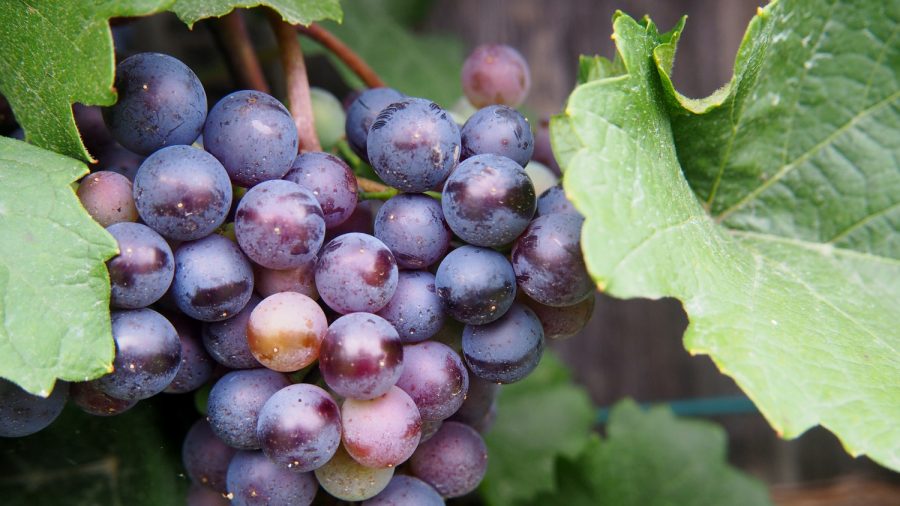While many may have the basics down when it comes to healthy eating, eating habits, and established diet ideas may cause you to miss out on some oft-overlooked but surprisingly nutritious foods.
So, have a look below and enrich your snacks and meals with the following list of foods.
Grapes
First on the list is a classic and a favorite: Grapes. Everyone knows grapes are healthy and delicious, but did you also know that they have anti-carcinogenic properties? A 2019 study published in Science Direct reported that a diet supplement with a mixed powder of grape seed and grape skin prevented tumor development in 47 percent of mice inoculated with Ehrlich cells, a certain type of cancer while reducing tumor size by 90 percent.
But that is not all; grapes have numerous health benefits. A 2022 study published in MDPI discussed their oxidant and anti-inflammatory effects, their ability to regulate the gut microbiome—the bacteria naturally present in the gut—and their excellent effect in both the prevention and treatment of cardiovascular disease.
Because grapes’ sugar is absorbed much slower than that of soda or processed foods, eating them regularly also lowers the risk for type 2 diabetes. A 2013 study published in BMJ revealed that three servings of grapes and raisins per week were linked to a 12 percent lower risk for diabetes.
Sourdough Bread
If you need to watch your blood sugar, sourdough bread is a much preferable alternative to traditional white bread. Even though both are made from white flour, sourdough bread uses fermented flour and natural yeast instead of commercial yeast. As the dough rises, certain acids slow sugar intake, lowering insulin fluctuations in the blood stream, thus reducing the risk for type 2 diabetes over time.
A 2019 Italian study published in Springer Link tested sourdough bread against three other types of bread (white wheat bread, wholemeal wheat bread, and wholemeal bread made with xylanase), showing that sourdough bread had the lowest glycemic index—a measure of how food affects blood sugar.
Kimchi
Various traditional dishes around the world contain fermented foods, which bring numerous health benefits. The fermentation process makes the food rich in metabolites, which help the body function and heal properly.
A 2019 study published in ScienceDirect discussed a host of reported anti-aging effects of various traditional fermented foods, such as reduced inflammation, decrease in blood pressure, better immune function, lower blood cholesterol, replacement of lost estrogen in menopause, and more.
Kimchi, likely the least-known item on the list, is a staple Korean side dish made of fermented vegetables (usually cabbage) spiced with hot peppers. It is ideal for adding a spicy and sour punch to meals such as rice and egg dishes, tacos, and sandwiches.
The Korean favorite is especially rich in probiotics, which are beneficial to digestion and gut health.
According to a 2023 study in the Journal of Ethnic Foods, kimchi was associated with lowering cholesterol, body fat, and blood pressure.
Leftover Pasta, Rice, and Potatoes
Refrigerating cooked pasta, rice, and potatoes rearranges the starch molecules into so-called resistant starch, a type of fiber that is very healthy for the gut microbiome when broken down in the large intestine.
According to a 2015 study published in the Asia Pacific Journal of Clinical Nutrition, cooked white rice that had cooled for a day had 2.5 times as much resistant starch as freshly cooked rice.
Coleslaw
Coleslaw, a cabbage salad low in calories and fat but rich in fiber and vitamin C, is not only a perfect addition to any dish or salad but also greatly reduces the risk of cancer.
A 2013 study published in the Annals of Oncology revealed a 24 percent lower risk for colorectal cancer in the group that ate the vegetable the most compared to the group that ate it the least. Specific analysis for cabbage and broccoli yielded similar results, the researchers said.
There you go. Now get in that kitchen and prepare yourself something good and healthy!

